The world of GT3 racing is a battleground for manufacturers to showcase their engineering prowess while offering gentleman drivers a chance to experience cutting-edge performance. Among the most coveted machines in this category are the BMW M4 GT3 and the Mercedes-AMG GT3—two German powerhouses that represent the pinnacle of balance, technology, and driving pleasure. Choosing between them isn’t just about speed; it’s about philosophy, feel, and the intangible connection between driver and machine.
The BMW M4 GT3: Precision Meets Aggression
Since its debut, the BMW M4 GT3 has been a statement of intent from Munich. Replacing the venerable M6 GT3, this car carries the legacy of BMW’s motorsport heritage while embracing modern aerodynamics and powertrain technology. Its 3.0-liter twin-turbo inline-six delivers a visceral, high-revving experience that purists adore. The engine’s linear power delivery and sharp throttle response make it exceptionally predictable—a critical factor for amateur drivers who need confidence when pushing the limits.
Where the M4 GT3 truly shines is in its chassis balance. BMW’s engineers have crafted a car that feels planted yet agile, with a front-end that bites into corners and a rear that remains composed under acceleration. The steering feedback is often described as "telepathic," giving drivers a clear sense of grip levels. For those who prioritize driver engagement over outright comfort, the M4 GT3 is a compelling choice. Its aggressive aero profile also ensures stability at high speeds, though some drivers note it requires a more committed approach to extract maximum performance.
The Mercedes-AMG GT3: Brutal Force with a Touch of Elegance
In contrast, the Mercedes-AMG GT3 embodies a different ethos. Its 6.2-liter naturally aspirated V8 (or the newer 4.0-liter turbocharged variant in the Evo model) delivers a thunderous soundtrack and relentless torque, making it a favorite for drivers who crave raw, unfiltered power. The AMG’s engine note alone is enough to stir emotions, but its real strength lies in its ability to put power down efficiently, even when driven by less experienced hands.
Mercedes has prioritized aerodynamic efficiency and mechanical grip, resulting in a car that feels more forgiving on the limit. The AMG GT3’s longer wheelbase contributes to high-speed stability, and its traction out of slow corners is exceptional. Some drivers find it less demanding to drive at the limit compared to the BMW, thanks to its progressive breakaway characteristics. However, this doesn’t mean it lacks excitement—the AMG rewards smooth inputs and thrives on momentum, making it a joy to pilot on flowing circuits.
The Gentleman Driver’s Dilemma: Which One Fits Your Style?
For gentleman drivers—wealthy enthusiasts who race for passion rather than profession—the choice between these two icons often comes down to driving style and personal preference. The BMW M4 GT3 appeals to those who enjoy a more involved, precise driving experience. Its sharper handling and responsive nature make it ideal for technical tracks where cornering prowess is key. The inline-six’s character is also a nod to traditional motorsport enthusiasts who appreciate an engine that rewards mechanical sympathy.
On the other hand, the Mercedes-AMG GT3 suits drivers who prefer a more muscular, drama-filled experience. The V8’s torque-rich delivery means less reliance on perfect gear selection, and its forgiving chassis allows for minor mistakes without immediate punishment. It’s a car that feels "bigger" in its movements but compensates with sheer grunt and a commanding presence on track.
Beyond the Lap Times: Ownership and Support
Performance isn’t the only consideration for gentleman drivers. Both BMW and Mercedes offer extensive factory support programs, but the experiences differ. BMW’s motorsport division is known for its hands-on approach, with engineers often available to assist customers in optimizing setup and performance. The M4 GT3’s reliability and lower running costs (thanks to its turbocharged engine’s efficiency) are additional perks for privateer teams.
Mercedes, meanwhile, leverages its Formula 1 pedigree to provide a more "works team" atmosphere for its customers. The AMG GT3’s larger engine requires more maintenance, but many owners argue the emotional payoff is worth it. The brand’s global racing footprint also means spare parts and expertise are readily available at most major circuits.
The Verdict: No Wrong Answers, Only Different Flavors
In the end, the BMW M4 GT3 and Mercedes-AMG GT3 represent two distinct approaches to GT3 racing. The BMW is the surgeon’s tool—razor-sharp, demanding, and immensely rewarding in the right hands. The Mercedes is the sledgehammer—brutally effective, easier to wield, and impossible to ignore. For gentleman drivers, the decision hinges on whether they value finesse or force, precision or passion. Either way, both cars deliver the kind of thrill that makes GT3 racing the ultimate playground for those who live to drive.
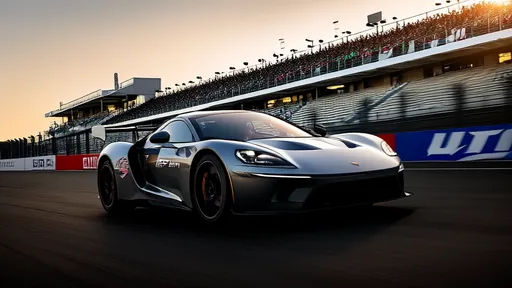
By /Jun 14, 2025
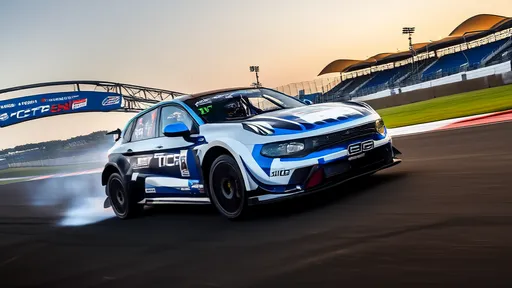
By /Jun 14, 2025
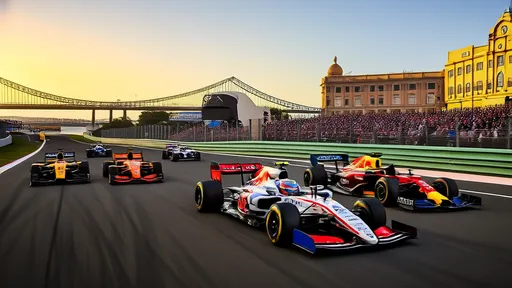
By /Jun 14, 2025

By /Jun 14, 2025
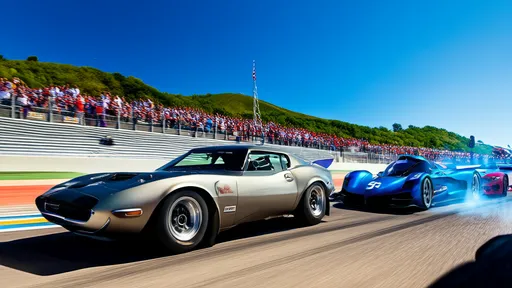
By /Jun 14, 2025
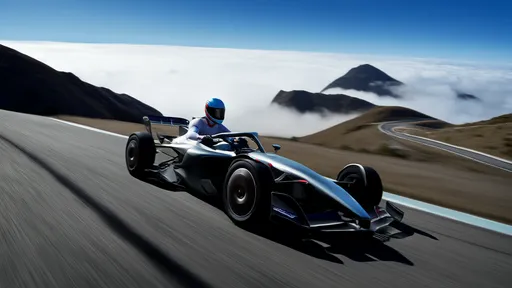
By /Jun 14, 2025

By /Jun 14, 2025
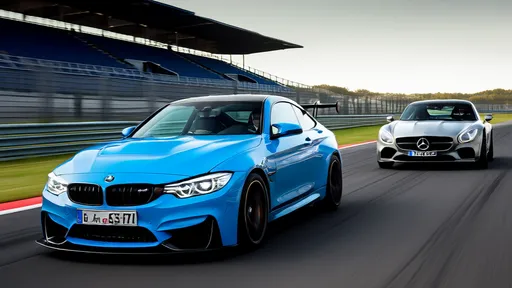
By /Jun 14, 2025
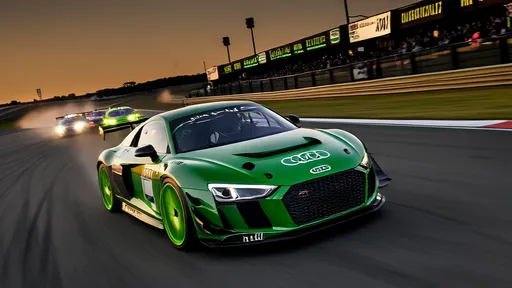
By /Jun 14, 2025

By /Jun 14, 2025

By /Jun 14, 2025
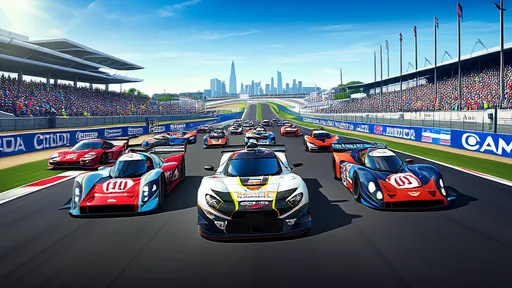
By /Jun 14, 2025
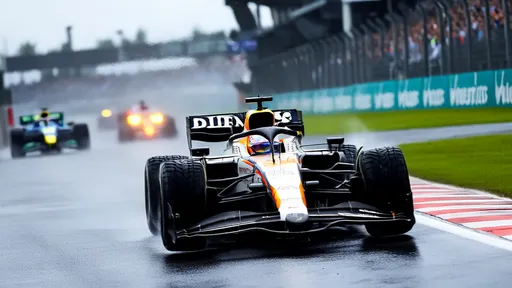
By /Jun 14, 2025

By /Jun 14, 2025

By /Jun 14, 2025

By /Jun 14, 2025
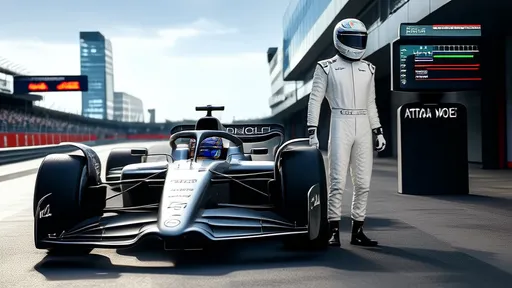
By /Jun 14, 2025